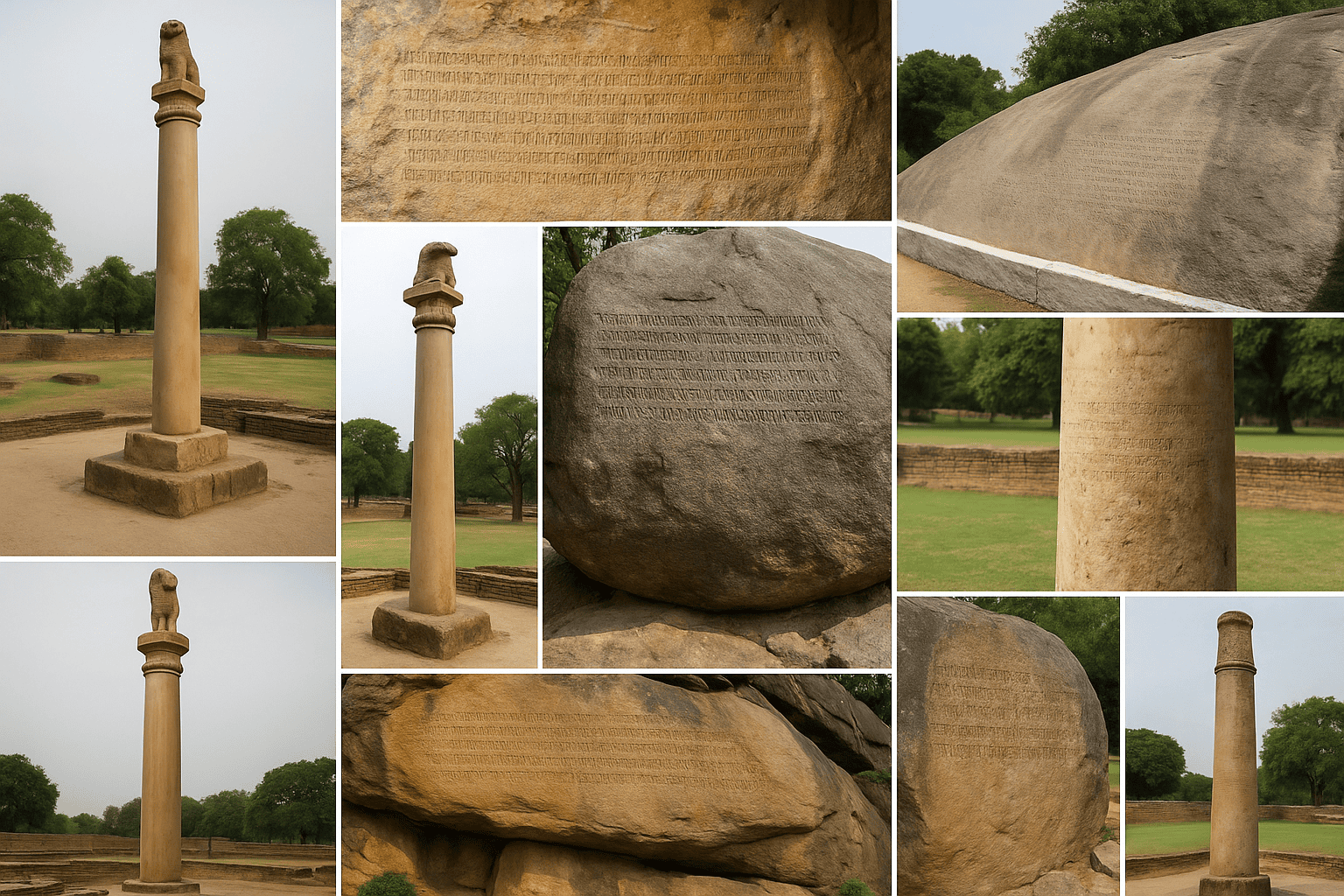UPSC Prelims 2016 Analysis
Subject wise MCQ distribution
- Environment & Ecology (22 Questions): The most dominant subject, covering biodiversity, climate change, conservation efforts, and environmental legislation. Many questions incorporated maps for better understanding.
Economy (17 Questions): Included monetary policies, fiscal policy, banking, government schemes, and international economic developments. This section was heavily inclined towards current affairs and required strong analytical abilities for elimination-based questions.
Science & Technology (13 Questions): Focused on emerging technologies, biotechnology, AI, space research, and their recent developments. Many questions followed an assertion-reasoning format to test conceptual understanding.
International Relations (11 Questions): Heavy emphasis on India’s foreign policy, international organizations like the New Development Bank and International Monetary and Financial Committee. Some questions required match the following format.
Social Issues & Schemes (11 Questions): Included government schemes & initiatives like MUDRA Yojana and Stand Up India Scheme along with policies related to education, health, and nutrition. Many questions were framed using the elimination technique.
Indian Polity (5 Questions): A relatively low count, marking a departure from UPSC’s usual trend of high-weightage in this section. However, the questions that appeared tested deep constitutional concepts and analytical abilities.
History (10 Questions Combined): Ancient (1), Medieval (3), and Modern (6), with a focus on factual recall rather than analytical aspects. Many were match the following or multi-statement-based, requiring careful reading.
Geography (Indian Geography: 4, World & Physical Geography: 0): Minimal representation, making it one of the least emphasized subjects in this year’s paper. Questions required strong NCERT-based conceptual clarity, especially in maps and location-based understanding.

Difficulty analysis
- Medium Difficulty (57 Questions): The largest portion, demanding conceptual clarity and critical thinking.
Hard Questions (29 Questions): A significant number, testing advanced knowledge and deeper analytical skills.
Easy Questions (14 Questions): A relatively small proportion, offering limited direct scoring opportunities.

Variations in Question framing
- Multi-Statement Questions (57%) – The most common type, requiring analytical skills and elimination strategies. These appeared more frequently in Polity and Environment.
Direct Questions (43%) – Straightforward factual recall, mainly seen in History and Science & Technology.

Current Affairs vs. Static Questions
- Current Affairs-Based (60 Questions): The paper marked a shift from the trend observed over the past four years. UPSC has increasingly focused on current affairs, making it crucial for aspirants to stay updated.
Static-Based (40 Questions): Still significant but much lower compared to previous years, highlighting UPSC’s shift towards contemporary relevance.
Key learning for Future Preparation
- Prioritize Current Affairs: Given that 60% of the questions were current-based, aspirants should regularly follow newspapers, government reports, and international developments.
- Strengthen Environment & Ecology Preparation: The dominance of this section indicates that topics like climate change, environmental policies, and sustainability should be high-priority study areas.
- Develop Multi-Statement Question Solving Techniques: Since more than half the paper consisted of multi-statement questions, mastering elimination techniques is essential.
- Balance Conceptual & Factual Knowledge: Subjects like Economy and Science & Technology require both static understanding and awareness of recent developments.
- Focus on Analytical Thinking: The difficulty level and multi-statement nature of the paper suggest that rote memorization alone is insufficient—conceptual clarity is key.
Subject-Wise Answer Key
QUESTION 1
Hard
Art & Culture
Prelims 2016
With reference to the religious history of India, consider the following statements :
- The concept of Bodhisattva is central to the Hinayana sect of Buddhism.
- Bodhisattva is a compassionate one on his way to enlightenment.
- Bodhisattva delays achieving his own salvation to help all sentient beings on their path to it.
Which of the statements given above is/are correct?
A. 1 only
B. 2 and 3 only
C. 2 only
D. 1, 2 and 3
QUESTION 2
Hard
Art & Culture
Prelims 2016
With reference to the cultural history of medieval India, consider the following statements:
- Siddhas (Sittars) of Tamil region were monotheistic and condemned idolatry.
- Lingayats of Kannada region questioned the theory of rebirth and rejected the caste hierarchy.
Which of the statements given above is/are correct?
A. 1 only
B. 2 only
C. Both 1 and 2
D. Neither 1 nor 2
QUESTION 3
Hard
Art & Culture
Prelims 2016
Which one of the following books of ancient India has the love story of the son of the founder of Sunga dynasty?
A. Swapnavasavadatta
B. Malavikagnimitra
C. Meghadoota
D. Ratnavali
QUESTION 4
Medium
Art & Culture
Prelims 2016
Who of the following had first deciphered the edicts of Emperor Ashoka?
A. Georg Buhler
B. James Prinsep
C. Max Muller
D. William Jones
QUESTION 5
Hard
Art & Culture
Prelims 2016
What is/are common to the two historical places known as Ajanta and Mahabalipuram?
- Both were built in the same period.
- Both belong to the same religious denomination.
- Both have rock-cut monuments.
Select the correct answer using the code given below.
A. 1 and 2 only
B. 3 only
C. 1 and 3 only
D. None of the statements given above is correct
QUESTION 6
Hard
Art & Culture
Prelims 2016
Consider the following pairs:
| Famous place | Region |
|---|---|
| 1. Bodhgaya | Baghelkhand |
| 2. Khajuraho | Bundelkhand |
| 3. Shirdi | Vidarbha |
| 4. Nasik (Nashik) | Malwa |
| 5. Tirupati | Rayalaseema |
Which of the pairs given above are correctly matched?
A. 1, 2 and 4
B. 2, 3, 4 and 5
C. 2 and 5 only
D. 1, 3, 4 and 5
QUESTION 7
Hard
Art & Culture
Prelims 2016
With reference to the cultural history of India, the memorizing of chronicles, dynastic histories and Epictales was the profession of which of the following?
A. Shramana
B. Parivraaj
C. Agrahaarika
D. Maagadha

